The DJI Inspire 1 is a high-quality, ready-to-fly UAV quadcopter designed to capture in superb 4K-resolution video. A second optional controller can be connected to allow for one user to pilot the drone while the other operates the camera. Its camera is detachable, granting it the potential for future upgrades, and unlike most other drones, it’s also compatible with a handheld camera mount which allows it to be used separately from the drone.
Specifications and Pricing
Unlike the fixed landing gear designs found on most earlier drones, the Inspire 1 includes a retractable arm system where the underside of every prop motor possesses a foot that supports it when landing once the arms are lowered. While in flight, the arms lift upwards to provide an unobstructed 360-degree view for the camera, while a 3-axis gimbal keeps it steady during recording.
Like many other multi-rotor systems, the Inspire 1 uses a GPS-based stabilization system that allows the drone to hold a balanced position even with wind interference. Once the signal is lost, or at the press of a button, the drone will return to the home position. It also features the “Follow Me” and “Watch Me” features, as well as being able to focus on a set point, while optionally rotating around it. With these features the drone is easy to fly and operate, making it exceptionally user-friendly.
A full-featured mobile app allows you to take complete control over the drone, everything from the manual camera controls to auto takeoff and landing, as well as flight telemetry, and more in future updates.
The drone has a standard TB47 18-minute battery, that can be upgraded to a TB48 for 22 minutes of battery life per charge.
The standard price for the drone and a controller is around $2,500. With other optional items such as a second controller, the price can go up to nearly $3,000.
Conclusion
There are a number of modern drones for sale on the market, and this is one of the premier choices for professional drone users. It’s equipped with several innovative features that make it well worth the price, and it’s easy enough to fly and control for anyone to operate it smoothly.
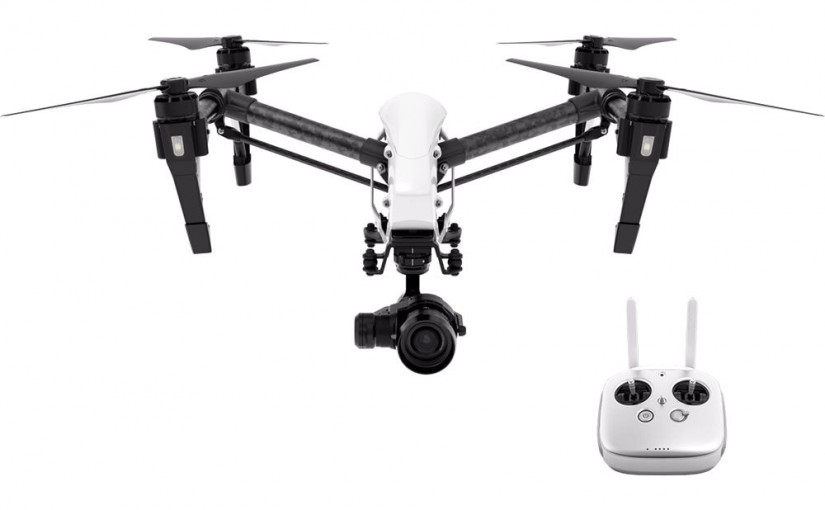
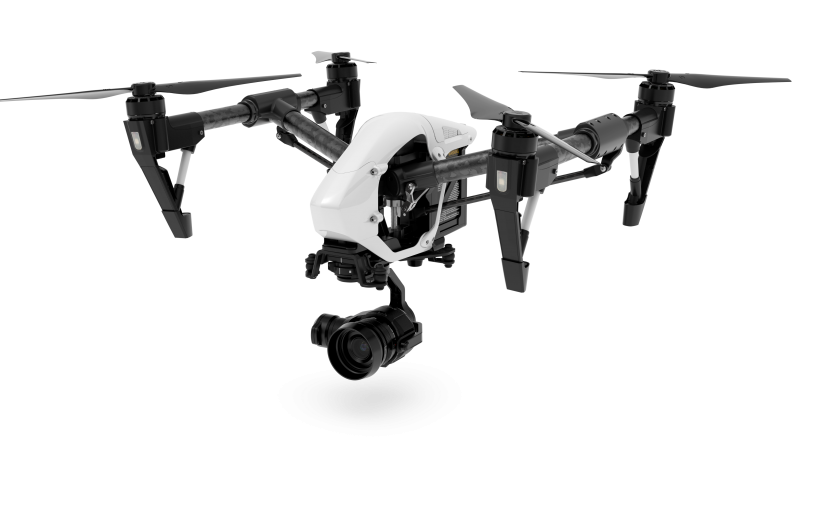
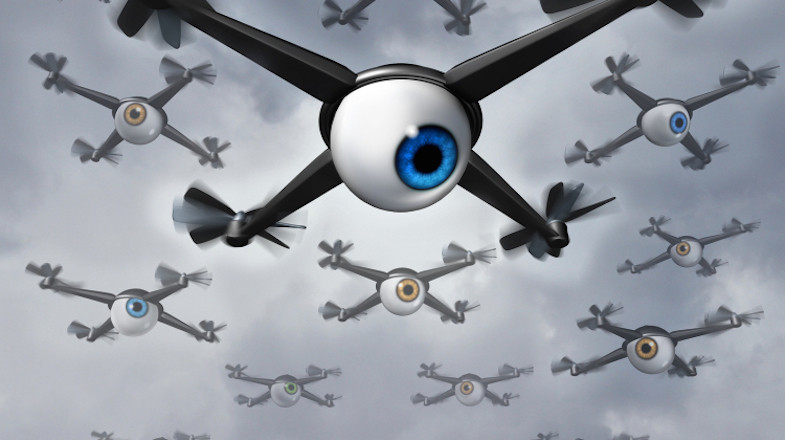
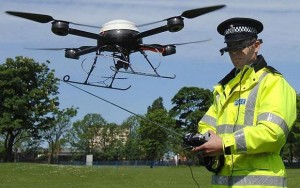
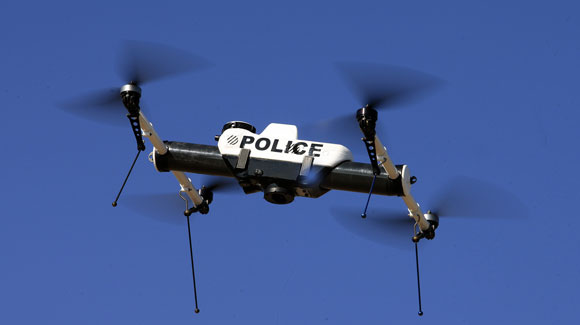
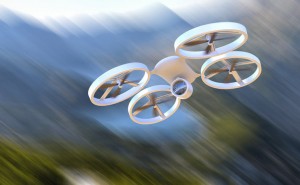 A drone has much better mobility than a human security guard does. A flying drone is capable of hovering, rising up dozens of feet into the air and maneuvering over any type of terrain. A drone can fly through narrow spaces. Some are even capable of moving much faster than a human can. This could allow drones to replace human guards in industrial and hazardous environments.
A drone has much better mobility than a human security guard does. A flying drone is capable of hovering, rising up dozens of feet into the air and maneuvering over any type of terrain. A drone can fly through narrow spaces. Some are even capable of moving much faster than a human can. This could allow drones to replace human guards in industrial and hazardous environments.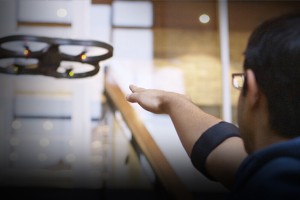 The final reality about why a drone might never replace a human security guard is that someone needs to operate the device. Drones are not fully automated at the moment. The technology to have a fully autonomous drone will not be available for some time. Additionally, there would be major liability issues with an autonomous flying device. There will always be a need for a human to be monitoring and controlling any drone.
The final reality about why a drone might never replace a human security guard is that someone needs to operate the device. Drones are not fully automated at the moment. The technology to have a fully autonomous drone will not be available for some time. Additionally, there would be major liability issues with an autonomous flying device. There will always be a need for a human to be monitoring and controlling any drone.